I’ve read more fortnite patch notes than breakfast cereal boxes, and yes, that includes every “adjusted damage values” and “miscellaneous bug fixes” they sneak in like a shy raccoon. In my experience, the changelog and update notes are the real story. Not the trailer. Not the hype. The notes. That’s where you see the buffs, nerfs, hotfixes, downtime warnings, and those sneaky little “tuning” lines that quietly reshape the meta. I treat patch notes like a daily newspaper. Except the news is about SMGs bullying shotguns, map changes moving my favorite landing spot three inches to the left, and me yelling “why” at my monitor like a tired dad.
Why I Read the Notes Before I Drop
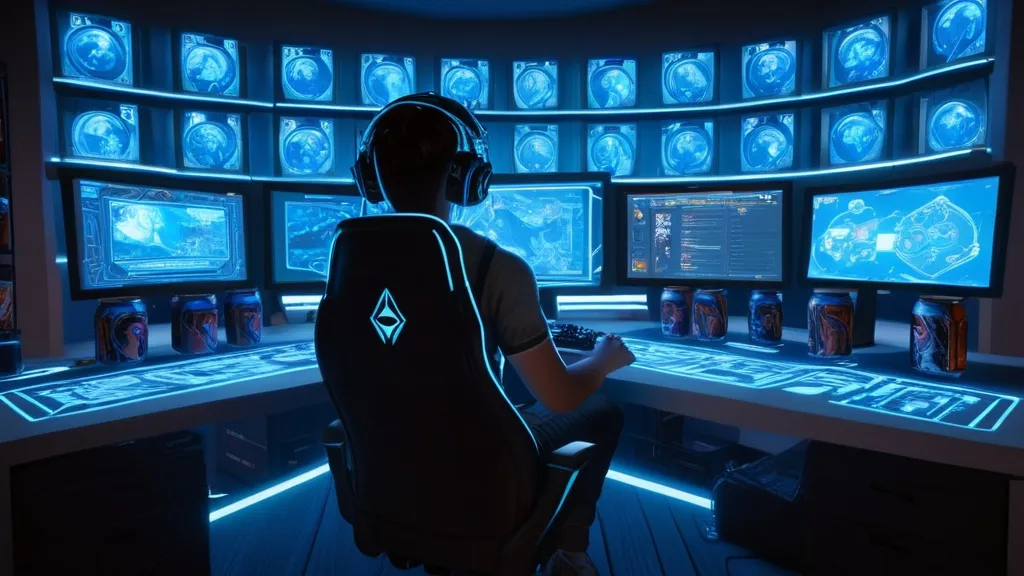
I started doing this over a decade ago, long before the map had deserts and lightning and neon signs. Back when the word “balance” sometimes meant “good luck, have fun.” Over time I learned something: if I skim the notes, I lose. If I study them, I climb. Simple. I don’t treat the patch as a mystery box. I treat it as an owner’s manual. A slightly chaotic one.
I’ve always found that the meta shakes out in the first 48 hours. That’s when players test the new weapon pool, try the silly items, and then settle on what really wins. If you read the notes closely, you can see that shape forming before the streamers do their “I broke the game” videos. You’ll notice a shotgun damage falloff tweak buried under a UI bullet point. Or a mobility item like a Grapple Glove quietly returning. Or that Slurp Juice healing change that suddenly makes late Storm circles feel less scary.
The Anatomy of an Update
The patch isn’t just “gun go brr” or “map big now.” It’s a set of categories. I split them up in my head like this so I don’t miss anything important.
| Category | What I Look For | Why It Matters |
|---|---|---|
| Weapons & Items | Damage numbers, headshot multipliers, reload times, spawn rates, vaults/unvaults | Defines the meta. Buffed shotgun? I land closer. SMG nerf? I play wider angles. |
| Map Changes | New POIs, chest spawn tweaks, rotation paths, cover density | Shifts hot drops, rotates, and third-party risk. |
| Modes | Zero Build versus BR tweaks, Ranked, Arena rules | Different pacing. Movement items matter more in Zero Build. |
| Quality of Life | UI fixes, inventory changes, pinging, HUD clarity | Fewer mistakes in fights. Faster decisions. |
| Performance | FPS, hitching, input lag, Performance Mode updates | If my frames drop, my aim drops. Period. |
| Bug Fixes | “Fixed an issue where…” lines that affect combat | Removes weird exploits or restores intended behavior. |
Downtime, Servers, and the Waiting Room Ritual
Downtime is my coffee break. I read the notes, I check server status, I pretend to stretch. I also know that day-one servers can be… a little moody. Sometimes you log in, sometimes you log into the abyss. In those moments, I comb through the notes again, because the tiny lines are the gold. “Adjusted spawn rate” is code for “your loot route is cooked.” “Reduced bloom” is code for “that gun slaps now.”
By the way, if you want to nerd out on what patch notes actually are in the software world, the idea is laid out here: release notes. And yes, this game is technically both Battle Royale chaos and a very serious update pipeline dressed in bright colors.
The Meta Moves: Buffs, Nerfs, and You Not Dying
When I say “meta,” I mean the current best ways to play. It’s defined by damage breakpoints, mobility options, and how fast you can reset fights. A small headshot multiplier tweak changes whether I take a 50/50 box fight. A minor reload speed buff can flip which gun I favor in the loadout. Nerfs to spray weapons? Suddenly I carry more shields. Buffs to shotguns? I carry mobility to choose fights.
In my experience, the smartest players read balance changes like a map. They ask: does this make close-range better? Are mid-range beams back? Did aim assist change? Did controller deadzones shift? What about recoil? Even tiny recoil changes transform comfort. Don’t sleep on hotfixes either—those mini updates can hit spawn rates or damage with zero fanfare.
Reading Between the Lines (My Cheat Sheet)
- “Adjusted” damage = usually a nerf. Sometimes a buff. But I assume nerf and test.
- “Increased consistency” = recoil, bloom, or pellet spread is tighter. Feels cleaner.
- “Improved matchmaking” = your lobbies might feel different. Pay attention to pacing.
- “Fixed an issue where…” = someone abused it. That crutch? Probably gone.
- “Vaulted” = pretend it never existed. “Unvaulted” = learn it fast or get farmed.
What I Test First After Every Update
- Pick two primary guns, one utility, one heal. Run ten fights. Swap one variable at a time.
- Test different ranges: point-blank, mid-range tracking, long-range tap fire.
- Check storm circle speed and damage. Late-game heal-off meta? It happens.
- Try Zero Build and standard BR. Movement and cover change everything.
Map Changes: Your Comfort Is Overrated
I get attached to POIs. Too attached. Then a patch deletes my favorite roof chest and I spiral. Map updates are not just cosmetic. They change third-party angles, rotation timings, and where sweats drop. A single new zipline creates a surprise flank. A missing wall means your old “safe box” is now a “good luck” box.
What I look for on the map:
- Chest spawn adjustments. If drop spot loot is nerfed, rotate sooner and contest less.
- Mobility lanes. Shockwaves, vents, launchers. Zero Build lives on these.
- Line of sight. New sightlines can invalidate a whole push route.
Modes Matter: Zero Build vs. BR vs. Ranked
Zero Build is about movement and cover discipline. BR with builds is about control and piece timing. Ranked adds a stress tax. Arena tweaks can make SMGs or shotguns feel different based on loot pool. If the notes say “spawn rate decreased,” that’s not cute. That’s a meta pivot.
Creative, LEGO Stuff, and Side Modes I Totally Don’t Grind (I Do)
Yes, I read update notes for Creative, Save the World, Rocket Racing, and LEGO Fortnite. Why? Mechanics spill over. Aim practice maps use new weapon stats. Creative islands teach pacing. Even Save the World balance changes sometimes hint at design direction. It’s all signal.
Bug Fixes That Actually Matter
I adore the “fixed an issue where…” lines. They look boring. They are not. Sometimes a bullet like “fixed an issue where reloading could cancel if sprinted at frame 2” is the reason your gun felt cursed. Or “fixed a collision near X POI” is why you died to a ghost angle. I’ve had entire weeks saved by a single bug fix. No exaggeration.
Performance and Settings: The Part Nobody Reads But Should
Frames win fights. Input lag steals them. When Performance Mode gets touched, I test. When shadows or effects change, I test. If a patch increases FPS but changes visual clarity, I tweak my settings. I keep a scrappy little notebook with “pre-patch” and “post-patch” FPS checks. It sounds sweaty. It is. It also works.
| Setting | What I Monitor | Why It Helps |
|---|---|---|
| Frame Rate | Average FPS in a busy POI and late circles | Real test is under stress, not in the lobby. |
| Input Lag | Feel of ADS snap and build placement | Micro-delays ruin tracking. |
| View Distance/Effects | Clarity of enemy silhouettes and projectiles | Seeing faster beats reacting faster. |
| Controller Settings | Deadzones, aim assist behavior post-patch | Small shifts can undo months of muscle memory. |
How I Turn Notes Into Wins
Here’s my basic loop after an update:
- Skim for big bangers: weapon damage, headshot multipliers, map movement.
- Scan for stealth changes: “consistency,” “tuning,” “spawn rates.”
- Play test fights in controlled scenarios. One weapon swap at a time.
- Record what feels off. If shots miss more, check bloom, recoil, or hitbox fixes.
- Watch two streamers with different playstyles. Compare how they adapt.
If you’ve never read patch notes like this, it’s fine. Start small. Pick one category—say, weapons—and learn how those numbers feel in your hands. Yes, numbers have a feeling. You can tell a 10% damage bump the same way you can tell your coffee is stronger than usual. It hits different.
“But I Don’t Care About Numbers, I Just Play”
Totally valid. But even then, skim the notes for the big stuff: new weapons, vaults, map changes, spawn rates, bug fixes. Getting blindsided by a new mobility item is a free death. Missing a healing nerf is a second free death. We’re trying to avoid free deaths.
The Gentle Art of Not Believing Everything
I’ve learned to be a little cynical. Not in a “everything is lies” way. More in a “patch notes are a draft of reality” way. Day one is always messy. Something breaks. A hotfix lands. Then another. If the notes say a weapon was nerfed, but every fight says otherwise, I believe the fight. Reality wins. Always.
Community Noise, Leaks, and The Week After
Leakers, dataminers, the usual suspects. You’ll see names pop up on social talking about unvaults, secret files, upcoming skins, event flags. I take it all as hints. Fun hints. But until the patch lands, it’s vibes. That said, I love the community Trello-style bug boards and public tracking. They help me choose whether to grind ranked or not that week.
Cross-Game Brain: Notes Are Notes
I play other shooters too. I break down their notes in the same way. That’s how I built my habit of reading changes like a coach. If you’re into other titles, you might like how I think about loadouts here: Warzone meta loadouts for 2025. Different game, same brain. Read the changes, test the feel, adjust the plan.
A Quick Story: The Time a Single Line Saved My KD
There was a patch where the notes said “reduced bloom slightly on X.” That’s it. I switched to that gun for mid-range beams, and my fights turned from coin flips into coin takes. That tiny sentence was the difference between “why am I losing this” and “oh, I’m winning because my bullets actually go where I aim.” It was almost annoying how much it mattered.
Common Phrases in Notes, Translated Into Human
- “Slightly decreased headshot multiplier” = stop ego-peeking, especially close range.
- “Adjusted spawn rates” = your favorite chest won’t save you. Rotate smarter.
- “Improved stability” = expect fewer crashes, maybe more frames. Test anyway.
- “Resolved an exploit” = your friend’s favorite trick is dead. Offer thoughts and prayers.
- “Audio improvements” = footstep clarity changed. Might help or hurt depending on your headset.
Zero Build Specific Checks
- Mobility items matter more. Grapples, shock items, launchers. If one is buffed, pick it.
- Cover changes are huge. New rocks, cars, or props change peek battles.
- TTK shifts change whether you double-heal or bring more utility.
Build Mode Specific Checks
- Piece control feels different if edits, latency, or placement rules change.
- Shotgun damage steps decide whether you full-commit to box fights.
- Material spawn changes can slow or speed late circles. Watch it.
How I Take Notes on the Notes (Yes, Really)
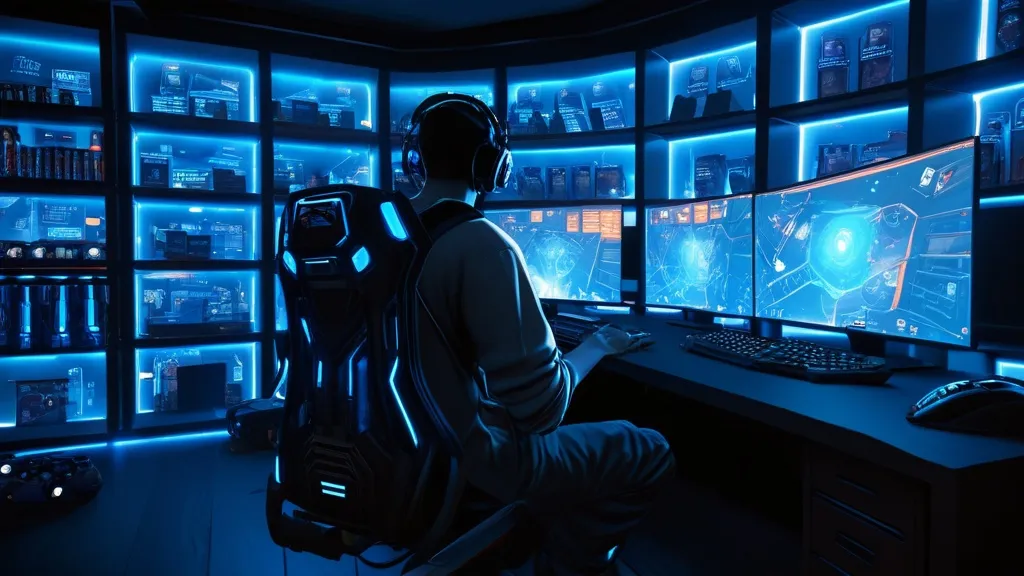
I jot quick bullets after my first hour post-update. It’s scrappy and looks like a cryptic grocery list, but it keeps me honest.
- “SMG feels weaker past 10m. Hip-fire worse.”
- “Shotgun reload buff noticeable. Prioritize shells.”
- “Storm surge pacing feels slower. Heals safe.”
- “POI north side has less cover. Avoid mid rotate.”
Is it overkill? Maybe. But it saves time. And sanity.
What Patch Notes Don’t Tell You
They don’t tell you how players will adapt. They don’t tell you which creators will discover degenerate combos. They don’t tell you how it feels to fight a squad that fully understands the new numbers. You have to play. You have to lose a few. Then you settle in and the notes start making sense in your hands.
If You’re New to Reading These Things
Here’s a soft start. Read the “new” stuff first—new items, new locations, new events. Then check weapon damage lines. Save the wall-of-bugs for later. Finally, play two games focusing on one thing. Maybe hip-fire tests. Maybe long-range beams. Keep it simple.
A Short, Honest Timeline of My Patch Day
- Wake up. Coffee. Downtime. Pretend to stretch.
- Skim the notes. Circle damage numbers. Screenshot map changes.
- Fire up custom aim drills. Mid-range tracking for ten minutes.
- Drop into a quiet POI, collect data, take only smart fights.
- After an hour: swap loadout based on feel. Repeat.
How Notes Help Even Casual Players
Not trying to sweat? Cool. Still check for obvious stuff like vaults/unvaults, spawn rate changes, and new toys. Nothing worse than bringing a pea shooter to a cannon party.
Patch Notes, Changelogs, and the Boring Stuff That Isn’t Boring
I like the boring stuff. Under the hood lines like “memory optimization” are the reason your late-game doesn’t become a slideshow. If you’re curious about how the whole note-writing thing works in software, this is the classic idea: release notes. Think of each update log as a deal: the devs tell you what changed, you adapt, then you complain (politely) if something explodes.
How Often Should You Read Notes?
Every major update, obviously. And every hotfix if you’re competitive. Hotfixes are sneaky. They tweak numbers without a whole fanfare, and suddenly your mid-range recoil is different. If you ever wonder why a gun feels off and you didn’t change your settings—yeah, that’s probably it.
Little Things That Change Everything
- Weapon switch time changes. That’s your entire shotgun-to-SMG rhythm.
- Zipline speed. It sounds tiny but it kills or saves you.
- Heal animation speed. Suddenly med-mist timing matters more.
- Vehicle health tweaks. Late rotations become risky or free.
A Quick Reality Check
The notes are not a textbook. They’re a conversation. Sometimes the words don’t match the feeling. That’s okay. I trust the feeling after a few games, then re-read the lines that confused me. After all these years, I still get surprised by a “minor tweak” that feels like an earthquake in high-level lobbies.
Sample Patch-Day Checklist I Use
- Weapons: test TTK at close and mid.
- Items: check spawn rates along my usual route.
- Map: walk my rotation and look for new third-party angles.
- Audio: footsteps in busy POIs. If weird, adjust volume mix.
- Settings: quick FPS checkpoint in endgame chaos.
Don’t Forget the Social Angle
I compare notes with friends. One is a Zero Build demon, one is a build-mode editor maniac. We swap first impressions and see where they match. If all three of us say “shotgun feels off,” it’s not just me coping. It’s the patch.
When the Notes Say One Thing and the Game Says Another
This is where hotfixes come in. Keep an eye on minor updates. The devs are fast at correcting weirdness now. A sprayed beam too strong? Expect a silent nerf. A shotgun underperforming? Silent buff. It’s like live tuning a car while driving it. Messy, but it works.
What I Think Most Players Miss
- UI tweaks that make inventory faster. You save seconds—those seconds win fights.
- Storm circle pacing. Some seasons push early rotates; others reward patience.
- Controller deadzone changes. If your aim feels “floaty,” this is the first place I look.
One Last Thought Before I Queue Again
People think studying notes makes the game less fun. I think it makes the fun last longer. I like learning why I won, not just that I did. And when I lose, I like knowing if it’s me or the numbers. Usually it’s me. But sometimes it’s the numbers, and then I smile like a gremlin who read the fine print.
Oh, and if you came here because you literally typed fortnite patch notes into a search bar, cool. I get it. Reading the notes is like sneaking backstage. You see the wires. It makes the show better.
I should get back in queue. One more match. Maybe two. Okay, five. And if the next patch says “miscellaneous bug fixes,” I’m not falling for it. I’ll be in the lab checking everything again.
FAQs
- Do I really need to read patch notes if I’m casual? You don’t have to, but skimming for weapon buffs/nerfs and map changes will stop a lot of silly deaths.
- How do I tell if a gun is actually buffed? Play a few fights at set ranges and compare hit consistency. If beams feel tighter, they probably are.
- Why do I lag after updates? New builds can change performance. Restart, update drivers, tweak settings, and check if Performance Mode got touched.
- What’s the fastest way to adapt to a new meta? Copy a strong loadout, play ten matches, then swap one thing at a time until it feels right.
- Do hotfixes matter as much as big patches? Yes. Hotfixes can silently change damage, spawn rates, or recoil. They’re small, but they punch above their weight.

James Carter: Your competitive edge. I cover Patch Notes, Speedruns, Battle Royale Strategy, Multiplayer Trends, and Game Dev Insights. Let’s get into it!
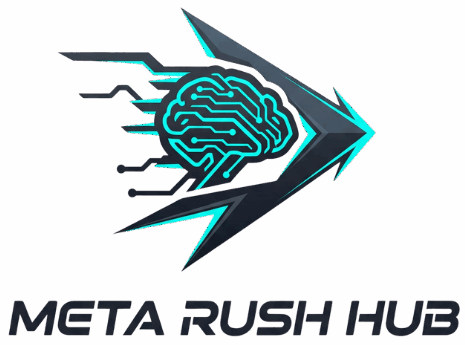
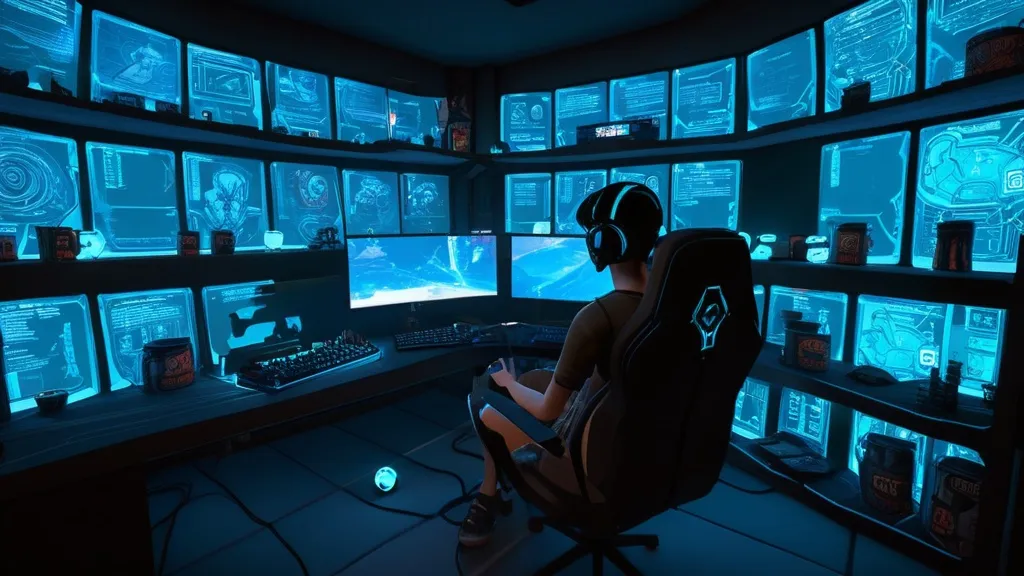
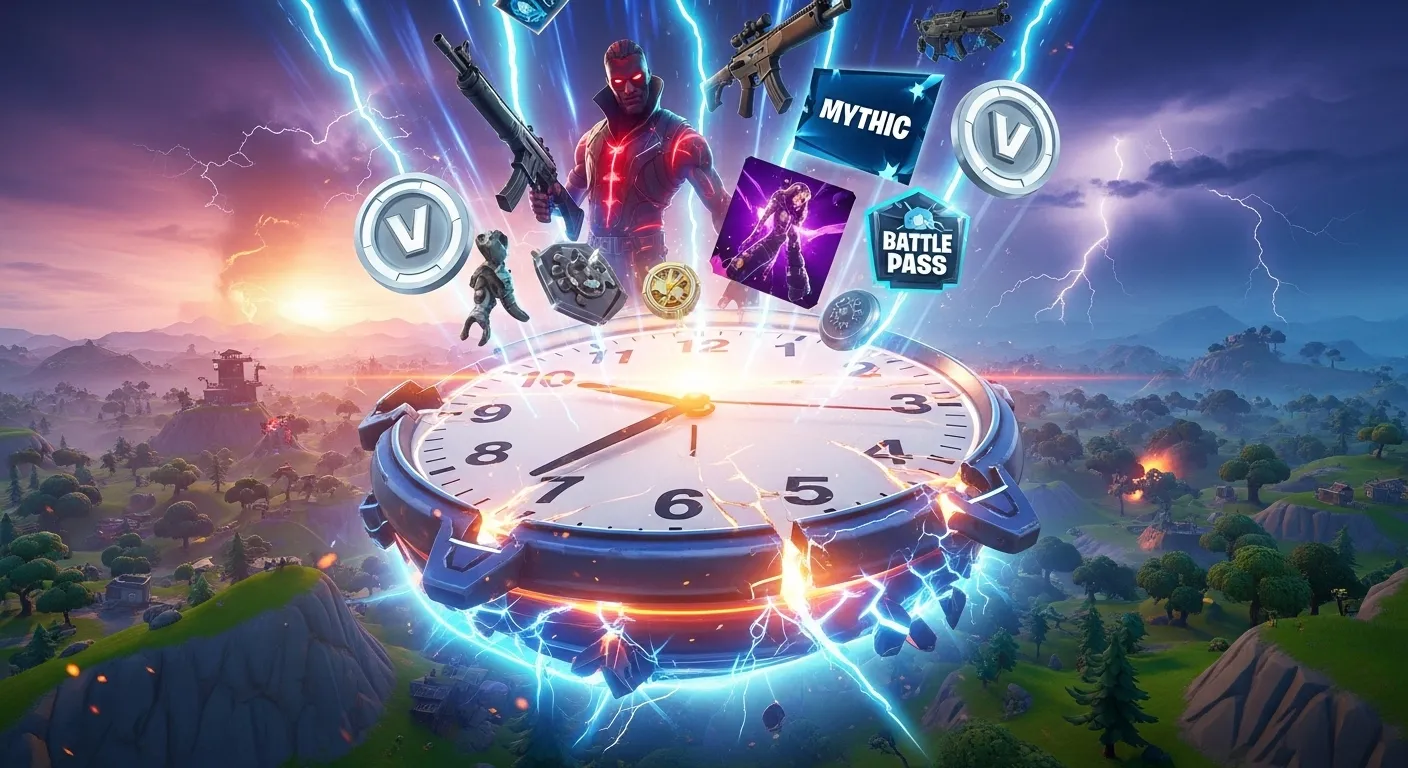
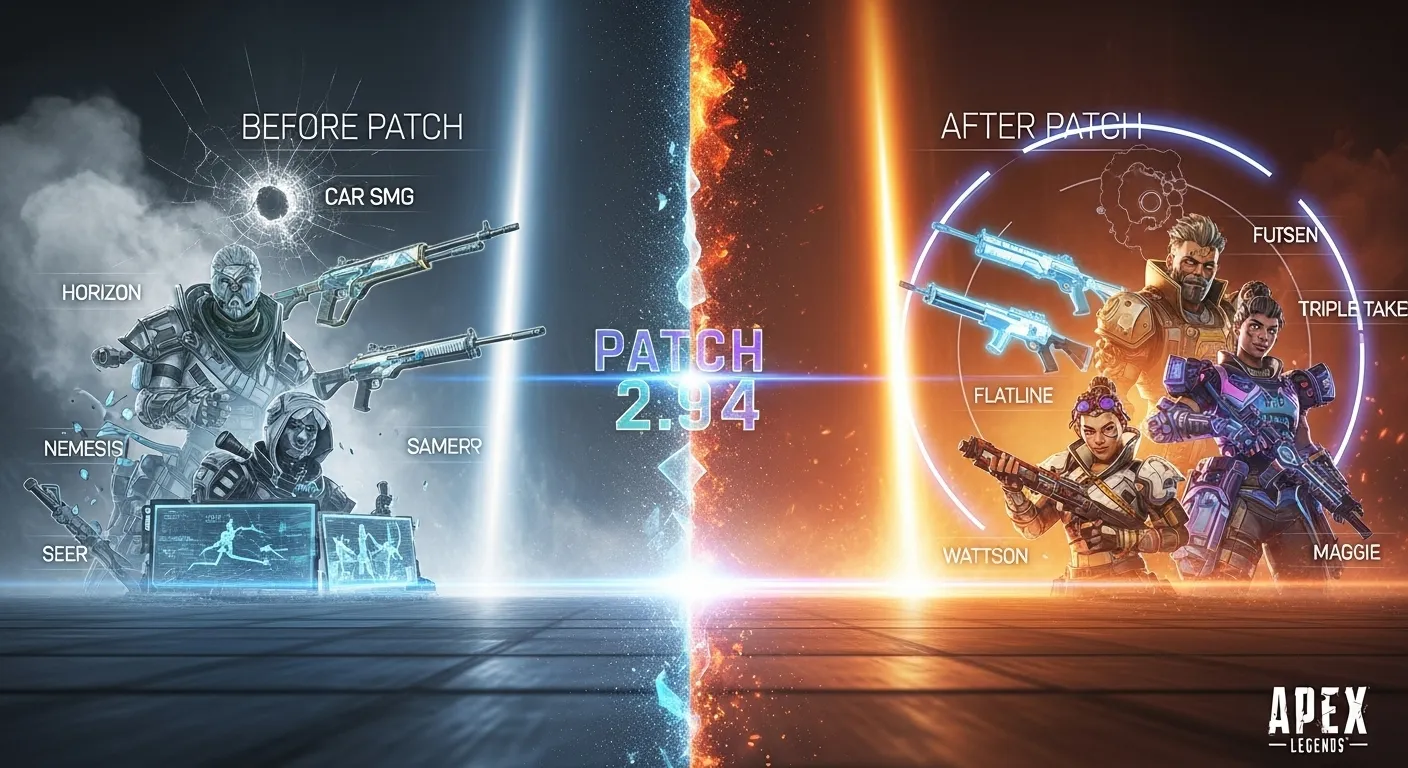
Reading patch notes is a cheat sheet for gaming success. Study up or fall behind.
I never realized how important patch notes were in gaming until now. It’s a whole new level of strategy.
Reading patch notes like a daily newspaper is a smart strategy for staying ahead of the game. Knowledge is power.
I never realized how important reading patch notes could be for success in Fortnite. Time to change my strategy!
Are there any patch notes that completely surprised you in a good way while playing Fortnite?